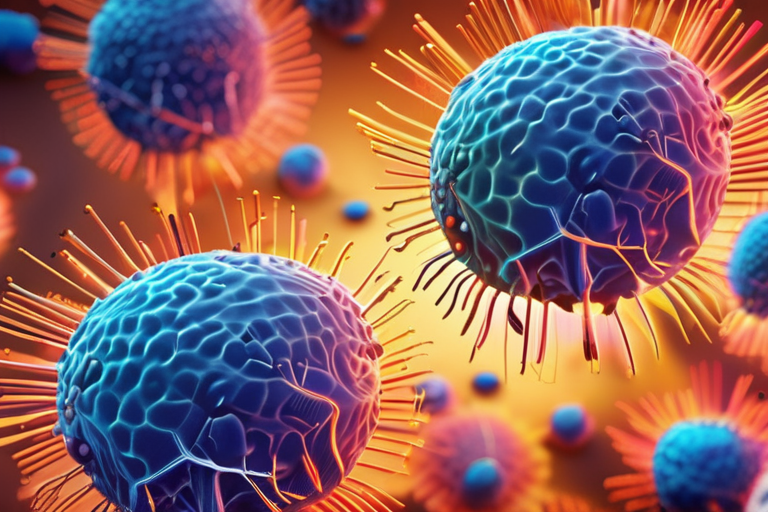Cancer Cells Unleash Hidden Power: Scientists Discover Surprising Energy Boost Mechanism


Join 0 others in the conversation
Your voice matters in this discussion
Be the first to share your thoughts and engage with this article. Your perspective matters!
Discover articles from our community

 Hoppi
Hoppi

 Hoppi
Hoppi

 Hoppi
Hoppi

 Hoppi
Hoppi

 Hoppi
Hoppi

 Hoppi
Hoppi

Pope Leo's Religious Community Draws Renewed Interest A growing number of young men are joining the Augustinian order, a Catholic …

Hoppi

Spanish PM's Call to Bar Israel from International Sport Sparks Global Reactions The Spanish Prime Minister's proposal to exclude Israel …

Hoppi

BREAKING NEWS: Stocks List Boom Sparks Wall Street Frenzy A sudden surge in the value of a list of 500 …

Hoppi

Mass Grave Reveals Scale of Unlawful Killings by Egyptian Army in Sinai A mass grave discovered in Egypt's Sinai province …

Hoppi

UK Interest Rates Held at 4% as Bank Warns of Continued Inflation Pressures LONDON (AP) - The Bank of England …

Hoppi

Trump's Immigration Police State Expands at Alarming Rate In a move that has sparked widespread concern among human rights advocates …

Hoppi